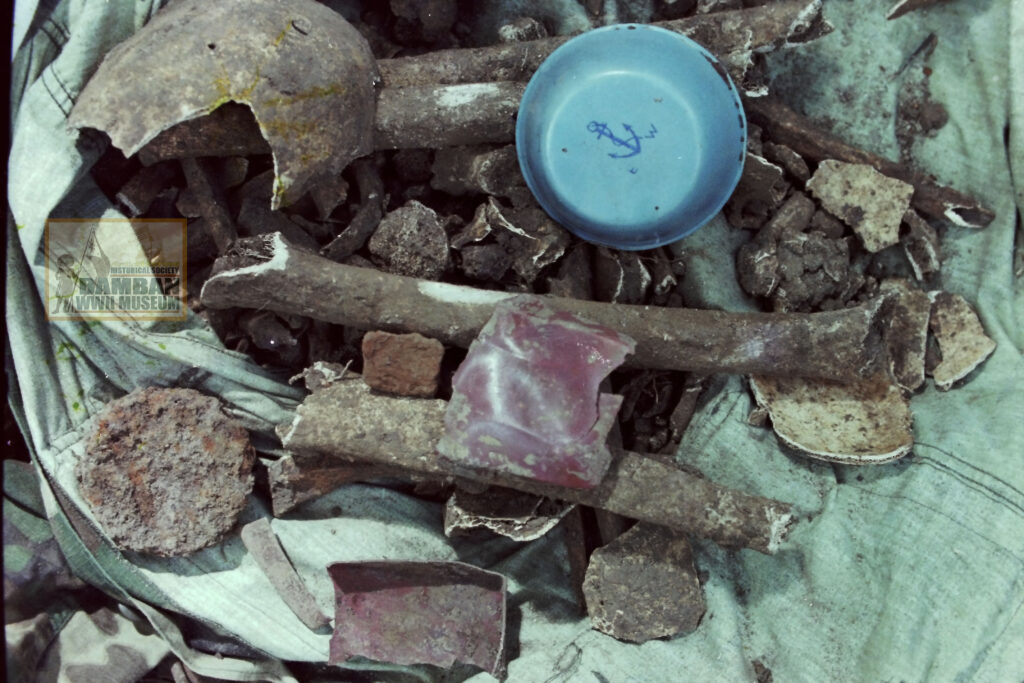
recovered from foxholes in the former battlefields. The artifacts are now in the
permanent exhibit at the Bamban WWII Museum.
Investigating History
WWII BATTLEFIELD AND RELICS: THE BAMBAN WWII MUSEUM COLLECTION
戦場と戦争の遺跡: バンバン博物館収集
THE BATTLEGROUND – 戦場
Bamban Hills and the eastern part of the Mt. Pinatubo overlooking the vast plains and Clark Field used to be the basement of the Kembu Group composite army and navy division. From north at the Bamban, to the south and southwest covering an approximate area of 16 kilometers, this vast high ground became one of the fiercest fights and battlefields where American divisions; the 40th, 43rd, 38th and the 6th fought one of the suicidal forces of General Yamashita in the Philippine Garrison, the Kembu Group. The mission of the Kembu Group was to hamper the utilization of Clark Field by the Americans by fortifying the high ground to the west and from there, conduct military operations, night infiltrations, mortar, and artillery fire and even suicide infantry operations.

Combat Sector (17th), where many of the WWII artifacts,
mostly Japanese origins, were recovered.
THE FIERCEST FIGHTS – 残酷な戦争
From the original strength of more than 40,000 army and navy auxiliary troops and regular infantry forces, the Kembu Group was reduced to 1500 survivors by the end of the war in September 1945. The Navy last stand position, numbering 13 to 17th Naval Combat Sectors of the Clark Naval Defense Force, was in the high grounds behind Clark Field, and from these positions, became one of the fiercest fights in WWII in the Philippines. Some Kembu Group units, in the Naval Combat Sectors, were annihilated with no survivors at all.
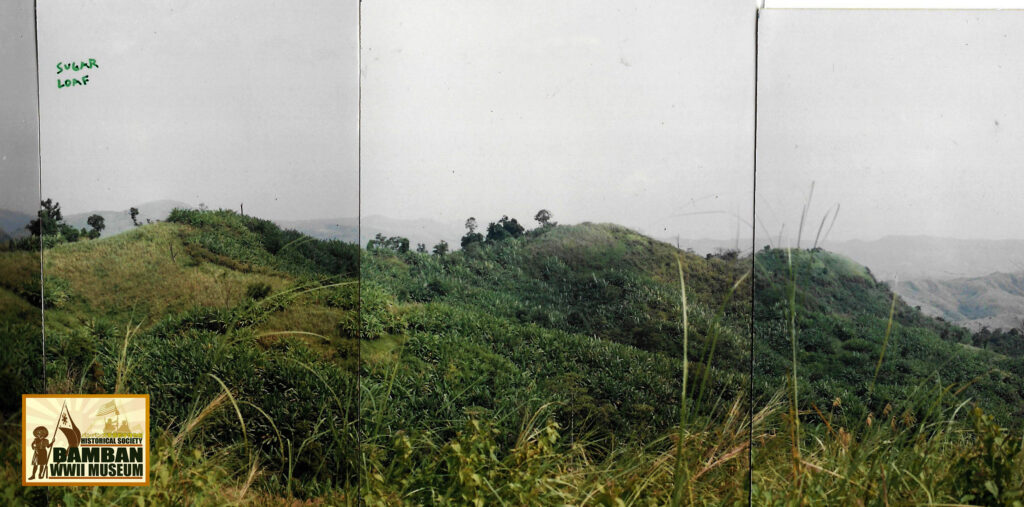
site of the many fiercest battles in Bamban Hills where the Japanese suffered
in great numbers of casualties. The area had become an open tomb in 1945.
Doug Montanino photo, Bamban WWII Museum Collection.
BAMBAN WWII MUSEUM AND COLLECTIONS OF ARTIFCATS – バンバン博物館収集
The Bamban WWII Museum, holds vast collections of war relics and artifacts from this conflict. Our special team of field investigators had been conducting field surveys in the past decades and collected a great deal of artifacts which are now in permanent exhibit.
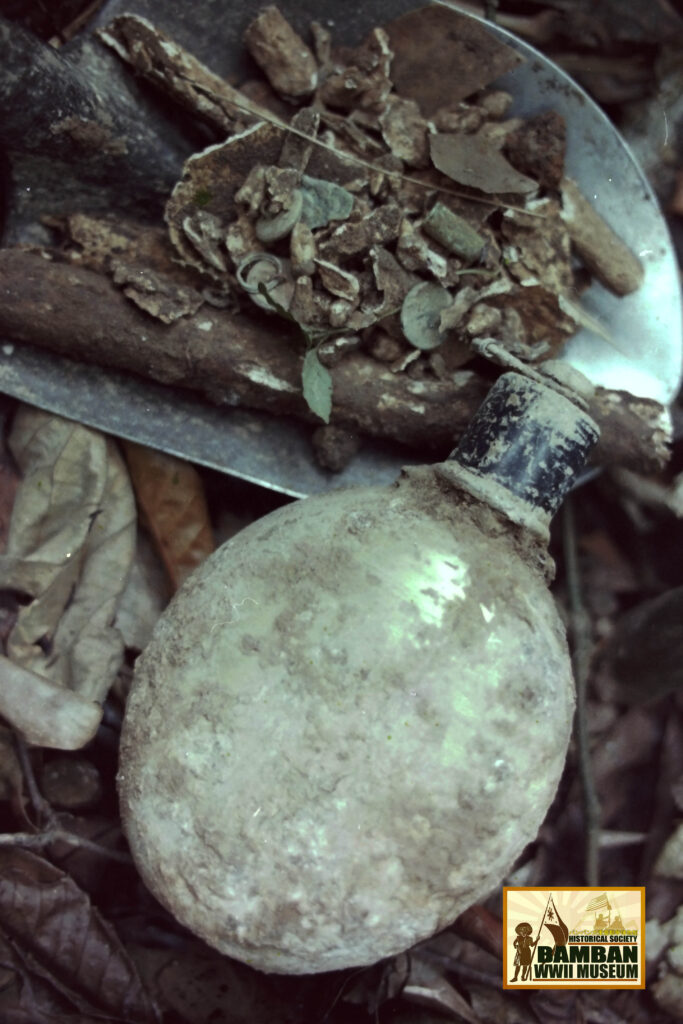
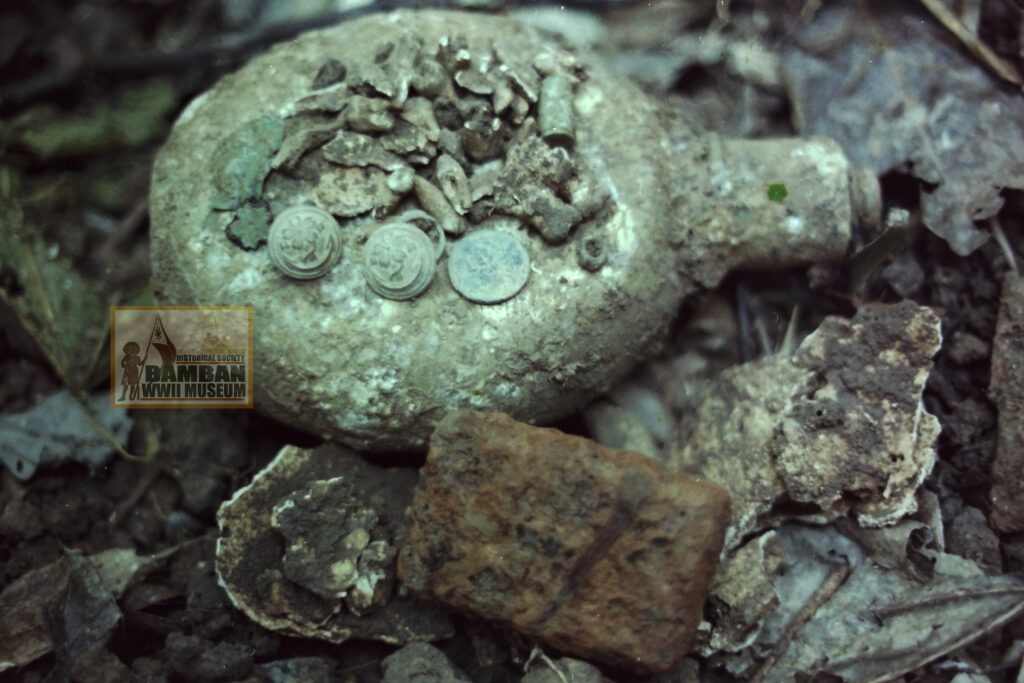
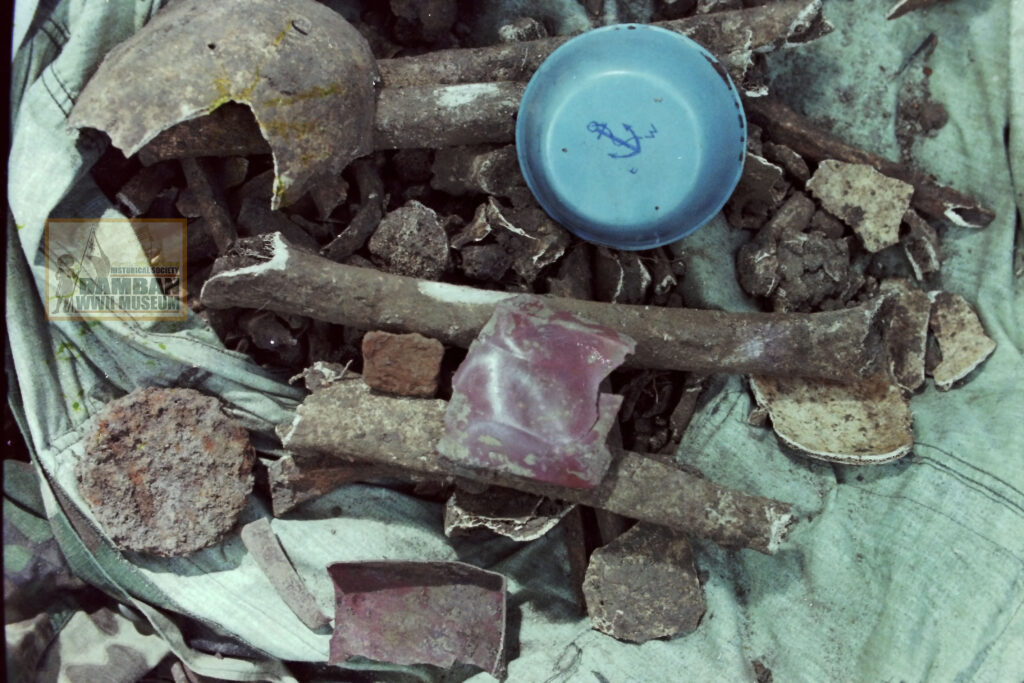
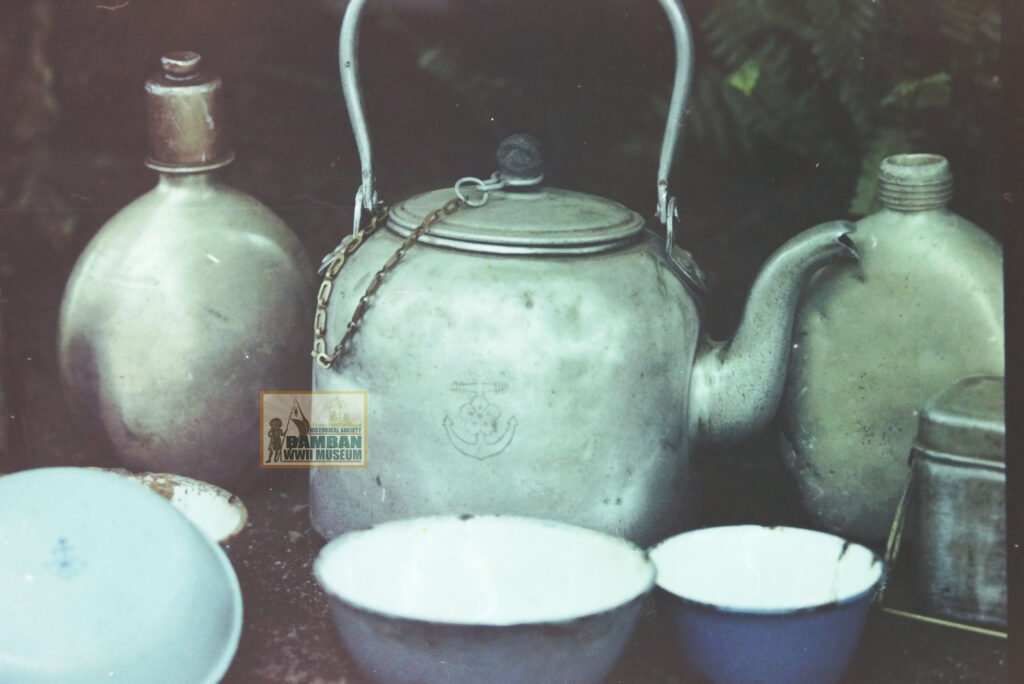
Bamban Museum is now one of the few WWII History dedicated museum that holds artifacts and relics of the past war extensively and has been a favorite destination for those keen in studying WWII Battlefield History.
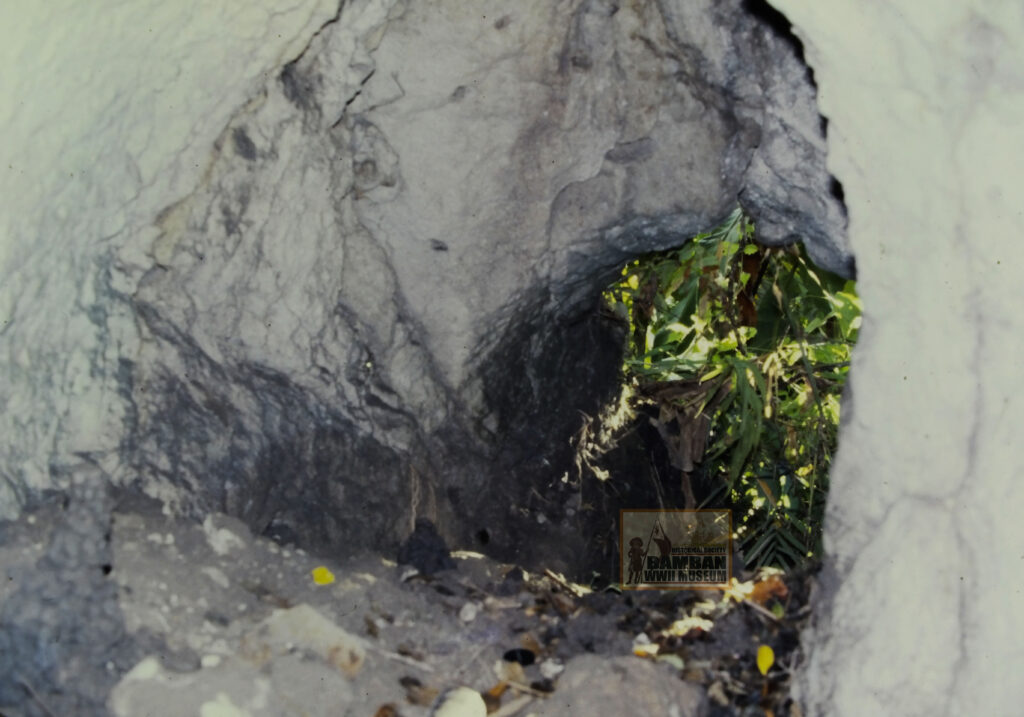
were battlefield study and field survey were conducted in the past.
Doug Montanino photo, Bamban Bamban WWII Museum Collection.
BATTLEFIELD ARCHEOLOGY STUDY – 戦場の研究
We are sharing some photographs of our collections in permanent display, as generally most of our permanent artifacts in exhibit came from these battlefields because of our field reconnaissance and survey. Our Team of specialized men and woman are dedicated in the study of these battlefields and had been in the forefront of studying material remains and topography of the former battlefields.
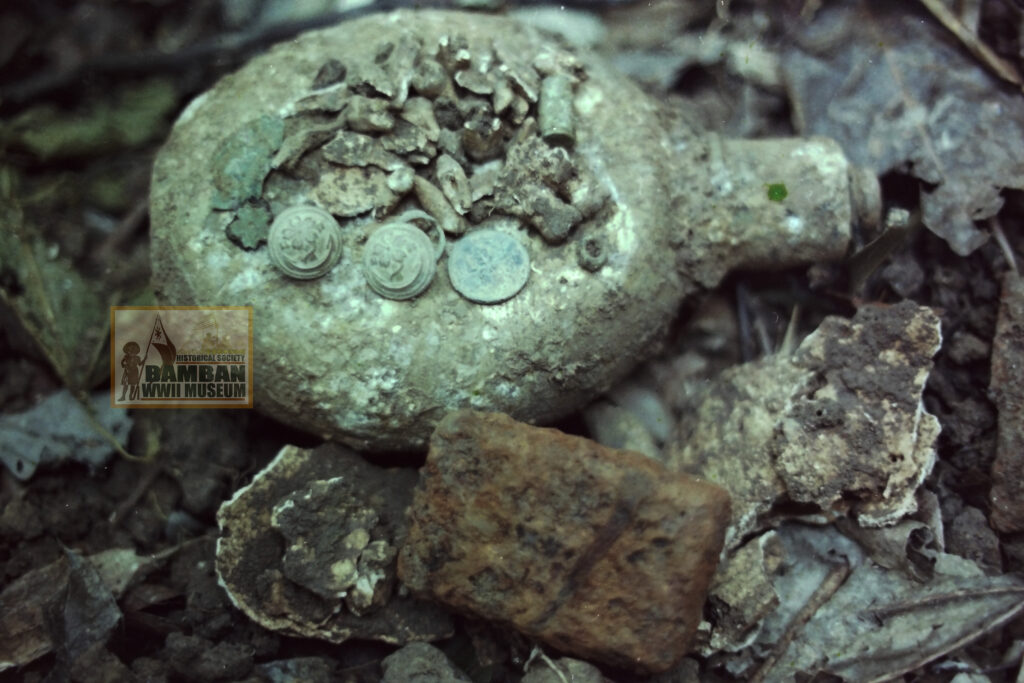
other relics spread in the former battlegrounds of the Kembu Group 17th Naval Sector. The
KAMINARI BUTAI Special Naval Landing Force was deployed to guard the HQ of the ‘
Kembu Group near the sector. These relics are now in exhibit at BamBan Museum.
Doug Montanino photo, Bamban WWII Museum Collection.
RELICS AND REMAINS – 遺物と骨
Many of our artifacts and relics collections came from the Kembu Group Naval Combat Sectors, at Tenjinyama, Akayama, Hakozakiyama and Okuyama, so vast is the collection that includes even personal items of the soldiers (mostly navy) like aluminum water canteen (with names etched on the canteens), rice bowls and plates with distinctive marks and even identification tags of soldiers. There were also suspected cemetery identified, with several sites where remains of the war dead were found, at the entrance and even inside the Japanese WWII tunnels.
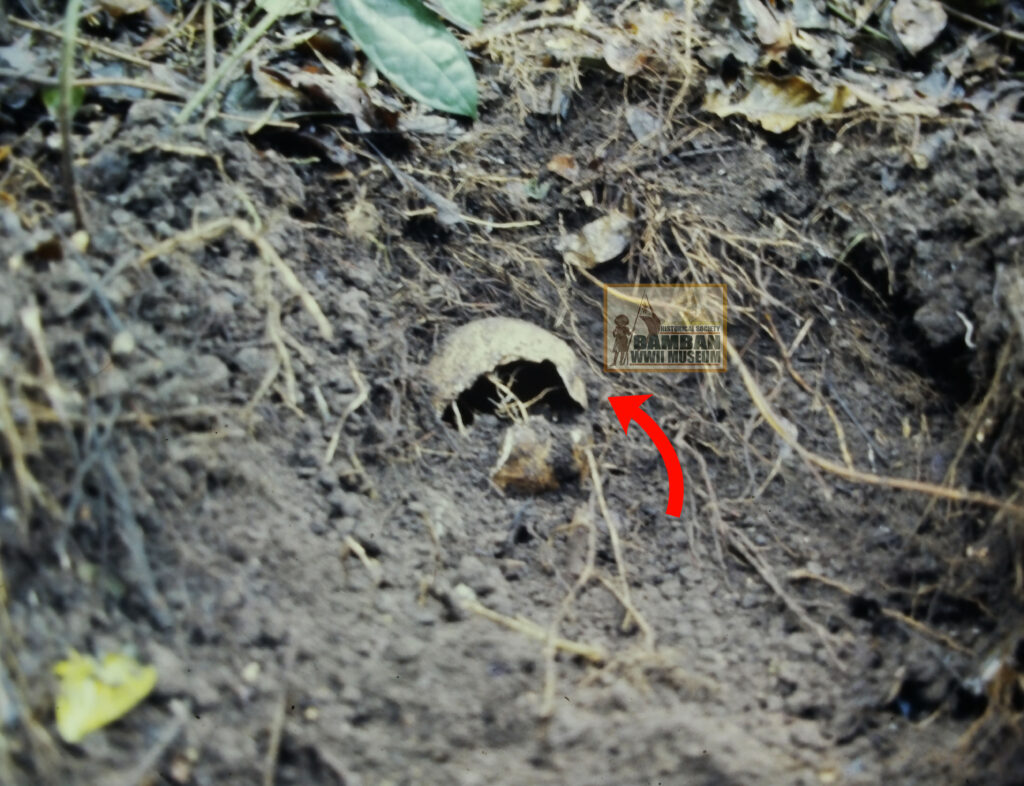
of the Bamban Hills; a tragic insights into the WWII in the area.
Doug Montanino photo, Bamban WWII Museum Collection.
Bamban WWII Museum and Bamban Historical Society has been in direct contact with the Philippine-Japan Recovery Team with the Japan Ministry of Health, Labour and Welfare for the suspected remains of the war dead and had turned-over several remains in the past, which were found to be of Japanese.
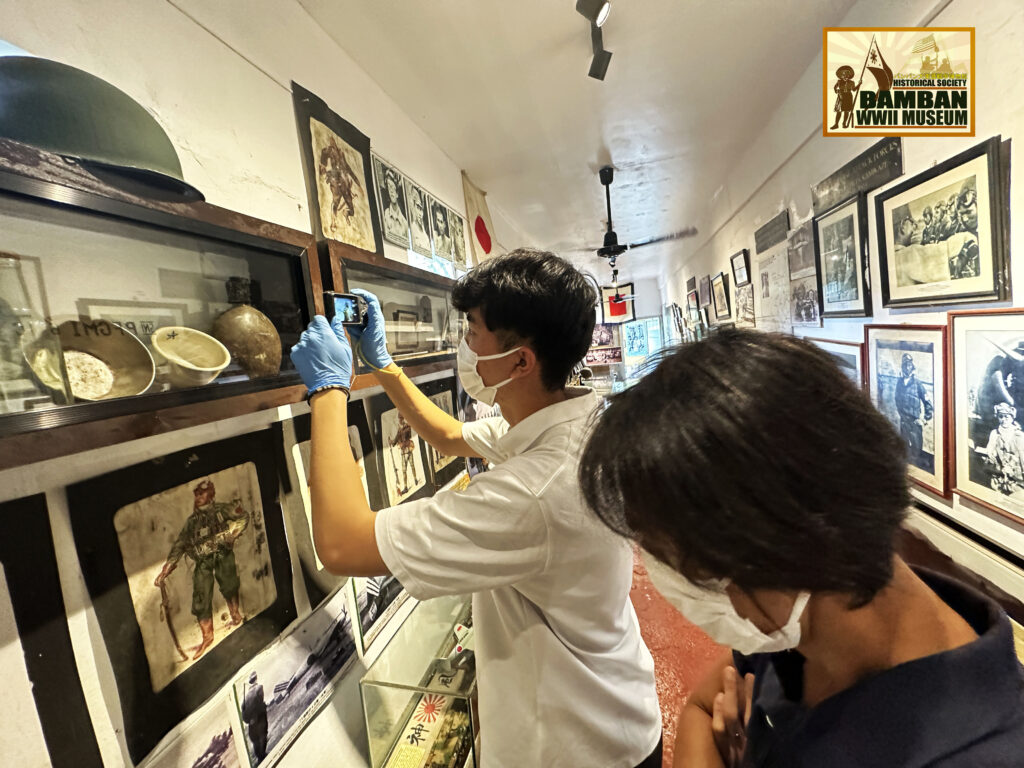
Museum, studying some of the artifacts in display that came from the former battlefields, circa 2023.
Bamban WWII Museum photo.
A VISIT TO BAMBAN WWII MUSEUM IS A JOURNEY INTO THE PAST- バンバン大東亜戦争博物館訪問
So if you are interested in WWII History and looking for vast collections of artifacts from the one of the fiercest battlefields in the Philippines, visit our Bamban WWII Museum for an educational journey into the war of our uncles and grandfathers.
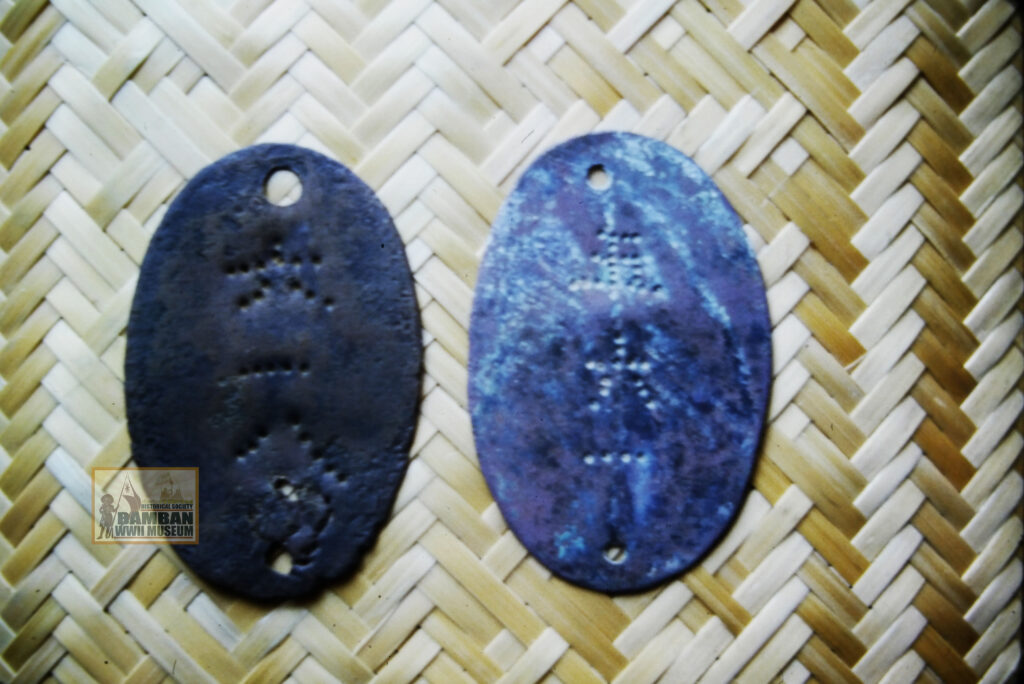
battlefields of the Dampul.
Photo courtesy of Doug Montanino, Bamban WWII Museum Collection
Copyright 2025 Rhonie Dela Cruz
Bamban Historical Society/Bamban WWII Museum
Center for Pacific War Studies
Provincial Government of Tarlac –
Tarlac Provincial Tourism Office
